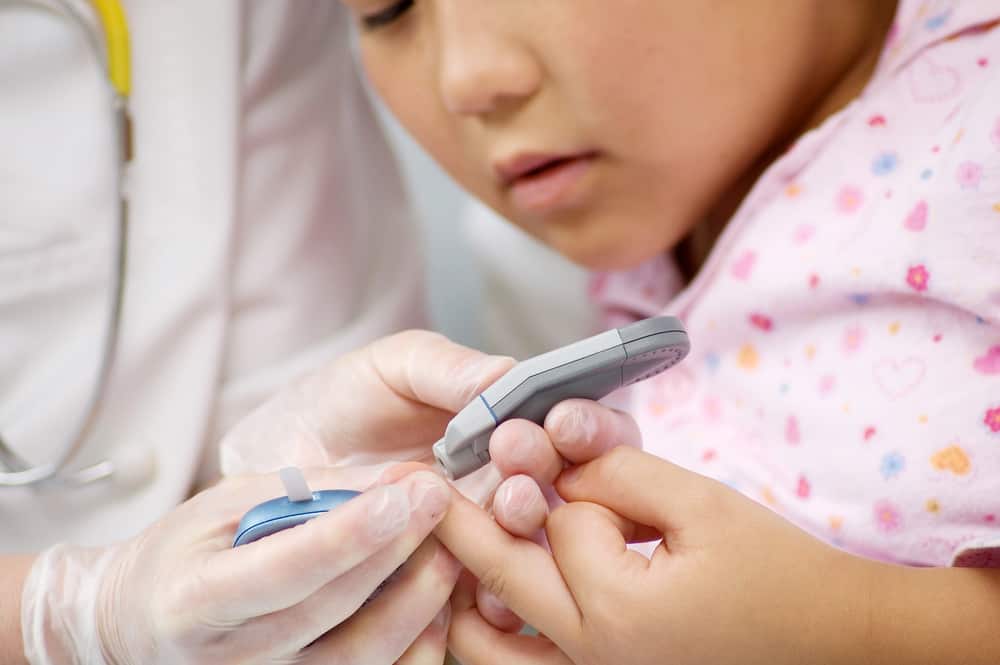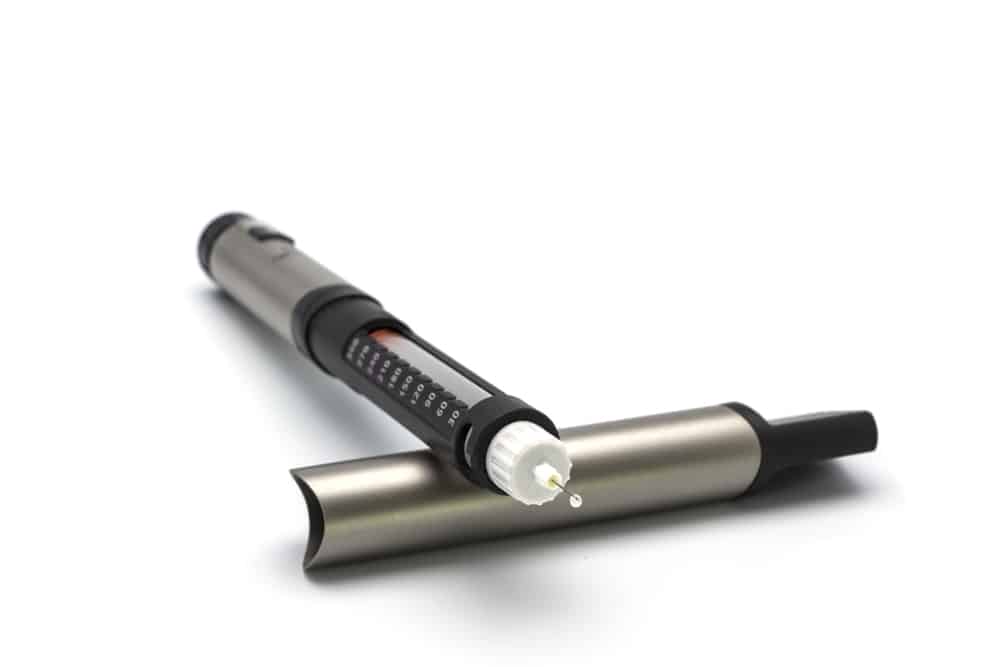Contents:
Medical Video: Diabetic Neuropathy
After someone has amputated his hand or leg, they may still be able to feel the "presence" of his missing limb. An amputee can experience various sensations in lost parts of the body, such as sharp or stabbing pain, pain, cramping, or burning heat. This sensation is called phantom pain, and this is experienced by 70-90% of people who experience amputation.
What is Phantom Pain?
Phantom pain is a continuous pain felt by someone after amputation, even though the body part is no longer there. He felt that the missing limbs were still there, but their size had shrunk to become smaller. This "occult" pain most often occurs in people who experience amputation of the arm or leg. But phantom pain can also occur in other body parts that are commonly amputated, such as the breast, penis, eyes, and even the tongue.
The onset of this pain most often occurs immediately after surgery. The pain can feel like many things, such as burning, sprains, itching, or pressure. The sensation felt by the body part that is lost before amputation may be felt again. The length of time the pain can vary from one person to another.
Phantom pain can last only a second-two seconds, several minutes, hours, even daily. For most people, phantom pain can disappear in the first six months after amputation, but many continue to experience this complaint for years.
What causes phantom pain after amputation?
Unlike pain caused by direct trauma to the limbs, phantom pain is thought to be caused by a mixed delivery of pain signals from the brain or spinal cord. Even though the limbs are gone, the nerve endings at the location of the amputation tip continue to send pain signals to the brain that make the brain think that the limbs are still there. Sometimes, the brain's memory of pain continues to be maintained and interpreted as real pain, even though the signal comes from the injured nerve.
Scientists suspect that the root cause of this mysterious phenomenon begins with the part of the brain called the somatosensory cortex. The somatosensory cortex is an area of the brain that stores somatotopic map data, the central store of all types of information about the parts of the body responsible for our sense of touch.
After amputation, the brain undergoes somatotopic map adjustments due to missing limbs. The brain's perception of the limbs will not disappear and can be raised again to the surface. This is done by the brain by trying to respond to reconnect nerve circuits that no longer receive stimulation from amputated parts of the body. This brain response is thought to cause "ghost" stimulation, which is considered a real pain by the body.
Like other types of pain, you may find that certain activities or conditions will trigger phantom pain. Some of these triggers may include:
- Touch
- Urinate or defecate
- Sex
- Angina
- Smoke
- Changes in air pressure
- Smoking putung
- Shingles
- Exposure to cold air
How do you deal with phantom pain?
People are often reluctant to tell anyone that they experience phantom pain, for fear of being considered "crazy". But it's important to remember that even though the body parts are gone, the pain is real. You need to report your complaint as soon as you first experience pain so that treatment can begin immediately.
For management of phantom pain pain, doctors usually prescribe drugs that specifically work to interfere with pain signals in the brain or spinal cord, and use certain non-drug therapies such as acupuncture or hypnosis, which also work to influence your brain's understanding of these signals.
There are many different categories of drugs that can reduce your pain, including:
- Acetaminophen and non-steroidal anti-inflammatory drugs (NSAIDs)
- Opioid
- Antidepressants
- Anticonvulsants
- Beta-blockers
- Muscle relaxants
The installation of fake limbs (functional prostheses) is also commonly recommended as a way to overcome this pseudo pain, so that the muscles in the amputated body part can recover and the pain decreases.












